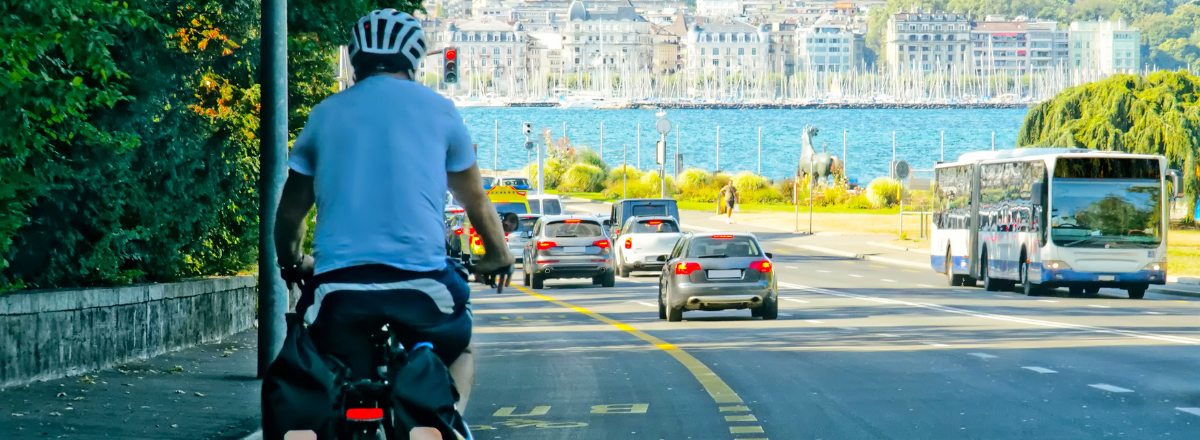Source: https://imoveaustralia.com/topics/vulnerable-road-users/
When it comes to Australian road safety, it is important to consider all road users, not just those travelling in a vehicle. Please check out the statistics on vulnerable road users below:
General
- Of the 1,106 people killed in road crashes in 2020, 138 were pedestrians (12%), 190 were motorcycle riders (17%) and 42 were cyclists (4%).
- Motorcyclists – annual fatality rates per billion vehicle kilometres travelled are, on average, nearly 30 times higher for motorcycle riders than for vehicle occupants. Motorcycle riders make up only 5.7 per cent of registered passenger vehicles.
- Pedestrians travel low distances in kilometres relative to other road users, yet comprise 13 per cent of all road fatalities in Australia.
- The majority of all deaths of pedestrians occur in 50‑60 km/h zones.4 27 per cent of deaths in 2020 were at intersections.
- Fifty per cent cyclist deaths occur in 50-60 km/h zones and 56 per cent occurred at intersections. 27 per cent were on higher speed roads (90 km/h and above), and 28 per cent involved a heavy vehicle.
- There has been no reduction in the period 2010-2020 for fatalities of cyclists.
- Pedestrian fatalities over the last 10 years have shown little progress in reduction. A drop in the years 2020-2022 may be attributable to COVID lockdowns.
Source: National Road Safety Strategy’s Fact sheet: Vulnerable road users
Motorcycle safety
- Compared to similar OECD countries for 2015, Australian motorcyclist fatalities as a proportion of total road crash fatalities (16.7%), are higher than Canada and the USA, but are lower than the UK, Germany and France, and are slightly lower than the OECD average (17.3%)
- Risk-taking has been identified as a contributing factor in approximately 50% of fatal motorcycle crashes and approximately 28% of non-fatal motorcycle crashes.
Source: CARRS-Q, Motorcycle Safety, Fact Sheet 2020
Pedestrian safety
- In every year between 2008 and 2014, the pedestrian fatality rate for males was more than twice the rate for females.
- People aged 75 and older had the highest pedestrian fatality rate of any age group (2.31 per 100,000 people)5. People aged 0-16 years had the lowest rate (0.34 per 100,000 people).
- a car travelling at 50km/h will typically require 36 metres to stop, while a car travelling at 40km/h will stop in 27 metres.
- The default speed limit in urban built-up areas was reduced from 60km/h to 50km/h in the late 1990s. The new 50km/h default speed limit was linked to a 15% decrease in casualty crashes. Safety outcomes in higher-risk pedestrian and school areas were improved through the introduction of 40km/h and lower limits.
- Recent research in Queensland suggested that approximately 20% of pedestrians are likely to cross the road while distracted (with a hand-held device), with 18-30 year olds being significantly more likely to experience high levels of distraction while crossing
- Distracted walking is most common for pedestrians under 31 years of age
Source: CARRS-Q, Pedestrian Safety, Fact Sheet 2020
e-Scooter safety
- e-Scooter use can result in injuries to both riders and pedestrians – from collisions or falling over e-scooters parked on the footpath. Concerns about e-scooters blocking footpaths have been widespread, particularly among disability groups.
- Most e-scooter rider injuries result from falls, not collisions with motor vehicles, evenin countries where most riding is on roads.
- Ambulance and emergency department data from Brisbane in early 20195 showed that most injured riders were aged 20-34 years old and the numbers of males and females were similar. A comparison with the CARRS-Q study of the number of riders in the Brisbane CBD led the Royal Australasian College of Surgeons to conclude that e-scooter riders were twice as likely to be injured as bicycle riders.
Source: CARRS-Q, e-Scooter Safety, Fact Sheet 2020
Cycling safety
- Cycling fatalities and injuries are counted as road crashes if they occur on roads and footpaths, but not if they occur off‑road (i.e. on bikeways, in parks and when mountain biking). Across Australia, about 40% of cyclist hospitalisations result from off-road incidents.
- Many road crashes involving cyclists are not reported to police, particularly those that do not involve a motor vehicle. In 2013, across Australia, cyclists made up 4.4% of all police-reported traffic injuries but about 15% of hospital-reported traffic injuries.
- Australia was the first country to introduce compulsory bicycle helmet legislation in 1991. The Cochrane review of bicycle helmet effectiveness found that helmets provide a 63-88% reduction in the risk of head, brain and severe brain injury for cyclists of all ages.

